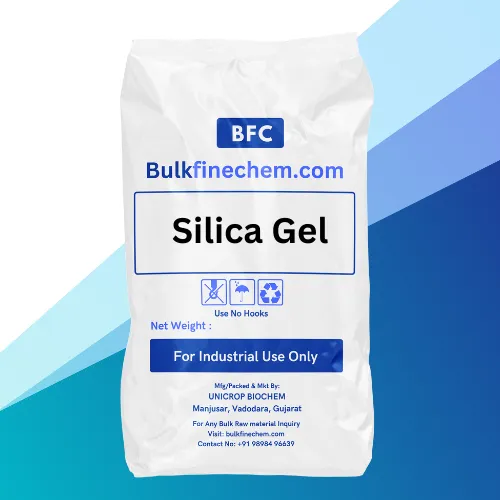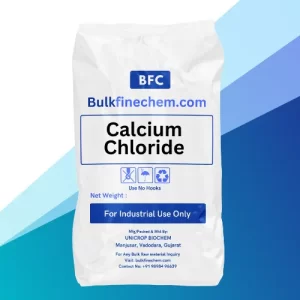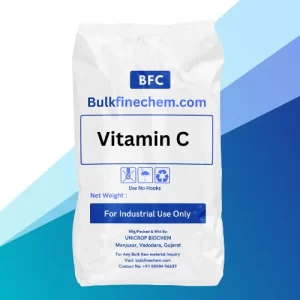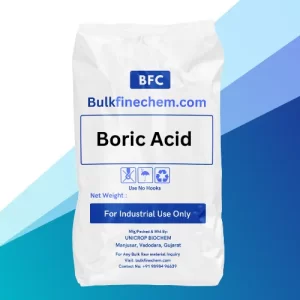Silica gel
Categories: Industrial Chemicals, Water Treatment Chemicals
Silica gel is an amorphous and porous form of silicon dioxide (silica), consisting of an irregular tridimensional framework of alternating silicon and oxygen atoms with nanometer-scale voids and pores. The voids may contain water or some other liquids, or may be filled by gas or vacuum. In the last case, the material is properly called silica xerogel.
Application
Silica gel with an average pore size of 2.4 nanometers has a strong affinity for water molecules and is widely used as a desiccant. It is hard and translucent, but considerably softer than massive silica glass or quartz; and remains hard when saturated with water.
Mechanism of action
- Silica Gel porous structure, characterized by nanometer-sized pores (around 2.4 nanometers in this case), provides a large surface area.
- As the relative humidity in the surrounding air increases, water molecules condense within the small pores.
- This condensation process continues until the gel reaches its adsorption capacity.
- It effectively traps and stores the adsorbed moisture within its porous structure.
Benefits of Silica Gel
- It is widely used for its ability to control moisture levels in various applications.
- In agriculture, it can help prevent moisture-related issues such as mold, mildew, and spoilage of stored crops.
- It is aids in preserving the quality and shelf life of agricultural products by reducing the risk of moisture-induced degradation and spoilage.





